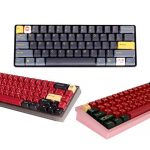
Do you notice the reaction time of your keyboard? Is it fast enough that you can get quick results? Does it lag in the middle of your game, or do letters appear a bit slower than it supposed to be? This experience may happen to you and your keyboard one way or another. All the devices have their breaking point, so what do you need to know, and what are the things you can avoid?
Keyboard Latency talks about the time it takes for your keyboard input to register, and this is essential for users with demanding workloads and gamers alike. Of course, you want to do all you can quickly and effectively without slowing down.
With that said, it’s vital to learn about Keyboard Latency and what other additional information you should know about.
What is Keyboard Latency?
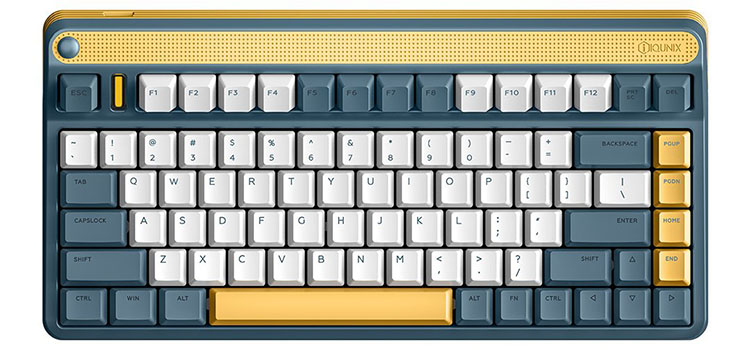
First off, let us discuss what keyboard latency is. Latency is defined as the delay before a transfer of data begins. When translated in keyboard terms, latency refers to the time it takes for a keystroke to register.
For most general consumers, keyboard latency isn’t often mentioned. After all, most consumer-grade keyboards are responsive enough for general tasks. However, in competitive gaming, keyboard latency becomes a big deal.
Many competitive gamers believe that minimizing any possible delay in their equipment will make them reliable. For this reason, brands are constantly innovating and pushing the boundaries to create the fastest-performing keyboards and mice. Despite not having enough clear industry benchmarks and data to support these claims, marketing “low latency keyboards” has become the norm.
Why is There Latency in Keyboards?
If innovation and development happen so rapidly in this technological era, why does keyboard latency exist? Wouldn’t it be better if all input devices had zero delays?
While a world in which latency doesn’t exist is quite favorable, it simply isn’t possible with the current technology. Many factors, such as how keyboards are constructed, make keyboard latency hard to eliminate.
According to several tests, the nature of a keystroke alone is enough to cause significant delays. In Dan Luu’s test, the key travel time on an Apple Magic keyboard (USB) can add 10ms of delay. This number can, of course, change depending on the switch mechanism used in the keyboard.
Another factor is the debounce algorithm of a keyboard. This feature is used to accurately stop any unintentional signals that can cause multiple registers of a single input. However, the debounce algorithm will certainly introduce a delay to the keyboard.
Lastly, latency will also be inevitable with wireless keyboards. Since signals will be passing through a wireless connection, the response time of these keyboards will not be as instantaneous as wired keyboards. We will be talking more about this topic later.
In summary, latency is unavoidable with the current ways that keyboards are constructed. However, it does not mean that modern keyboards are unreliable, and most manufacturers have found that sweet spot wherein a keyboard’s latency does not drastically affect a keyboard’s performance.
Latency in Wireless Keyboards
As mentioned earlier, wireless keyboards will generally have higher latency than wired keyboards. However, since different wireless protocols are used, the latency will vary between different wireless keyboards. Some will have enough delay to be noticed in competitive games, while others will be nearly indistinguishable from a wired keyboard. Here are some examples:
Bluetooth Keyboards
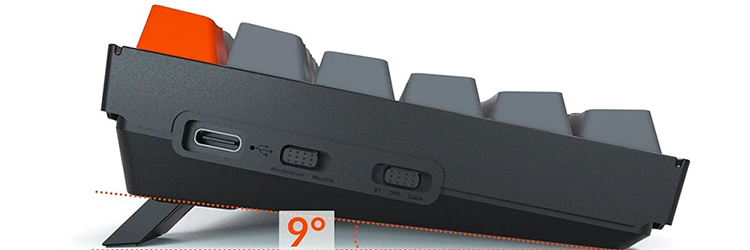
Bluetooth keyboards are commonly used in consumer-grade keyboards such as Logitech offers. They can also be seen in many custom keyboards produced by smaller brands.
This type of wireless connection is very convenient since it can easily pair with different kinds of devices without the need for any special software. They are highly preferred for connecting to mobile devices such as laptops, tablets, and smartphones.
Unfortunately, Bluetooth keyboards tend to have higher latency than 2.4 GHz wireless keyboards. The latency of these devices ranges from 20-100 ms. They will still be useable for everyday tasks such as typing. However, more experienced gamers will notice the slight delay they will inherently have.
2.4 GHz Wireless Keyboards
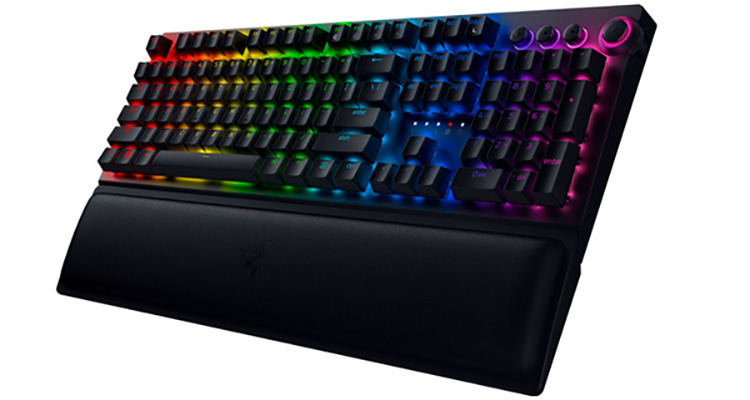
The other type of wireless connection used by most gaming keyboards is 2.4 GHz wireless. Compared to Bluetooth keyboards, the latency of 2,4 GHz wireless keyboards is much lower.
Most companies do not disclose the actual latency of their wireless keyboards. Brands such as Razer and Corsair claim that their 2.4 GHz wireless keyboards have become just as fast or even faster than wired keyboards.
The low latency performance of their keyboards has been made possible by their proprietary wireless technology. But the bottom line is that 2.4 GHz wireless is recommended over Bluetooth wireless when it comes to more demanding tasks.
Latency in Wired Keyboards
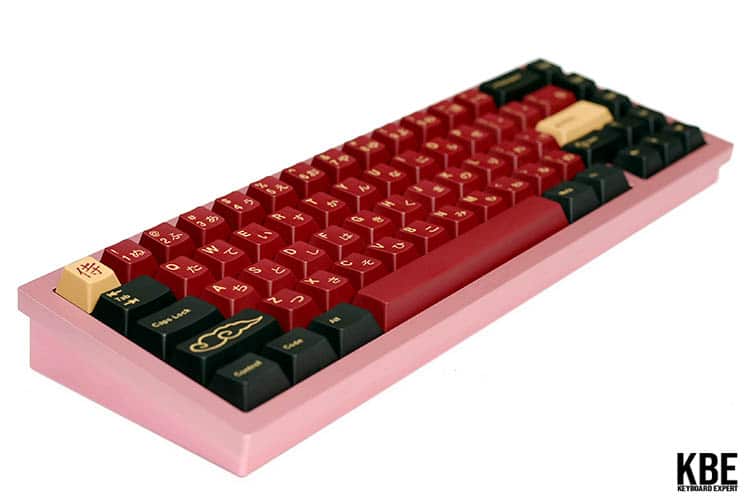
Wired keyboards have the lowest latency among them all, and they are still the recommended choice for gamers and other types of users that need the lowest latency possible. The latency of wired keyboards depends on the manufacturer, and most will have less than 4ms of latency.
The Concept of Polling Rate
Another key concept related to keyboard latency is polling rate. By definition, the polling rate measures the response time of your keyboard. In other words, the polling rate talks about how fast or slow your device performs. It is, of course, much more desirable if devices perform and register responses almost instantaneously.
Most users seek to have keyboards that result in at least 1000 Hz equivalent to 1 ms. A higher polling rate means a good quality keyboard, which should be sought out by keyboard fanatics and ordinary users alike. It is expected that wireless keyboards have a lower polling rate which, as discussed earlier, means a higher latency rate.
Ideal Keyboard Latency for Typing and Gaming
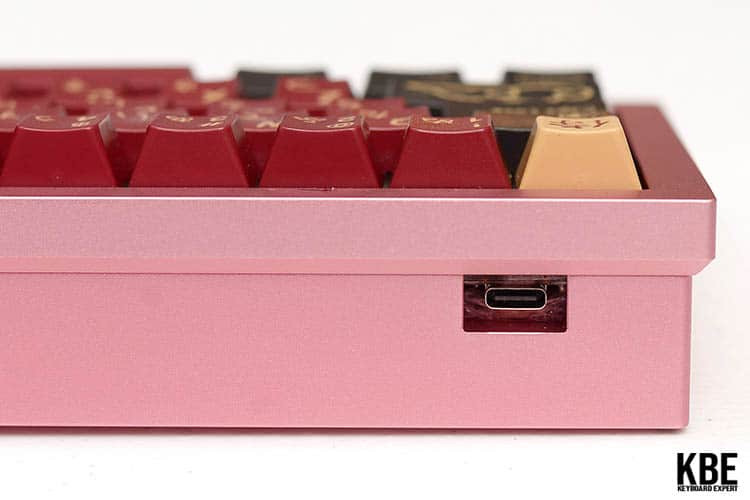
You may have come across the ideal numbers as you have read through the article but just a quick recap. For Wireless Keyboards, it is better to have a keyboard latency of less than 20ms. Between the connections, 2.4ghz is a more desirable option over Bluetooth connection. For Wired Keyboards, a better number is less than 4ms as these keyboards have the lowest latency rate.

